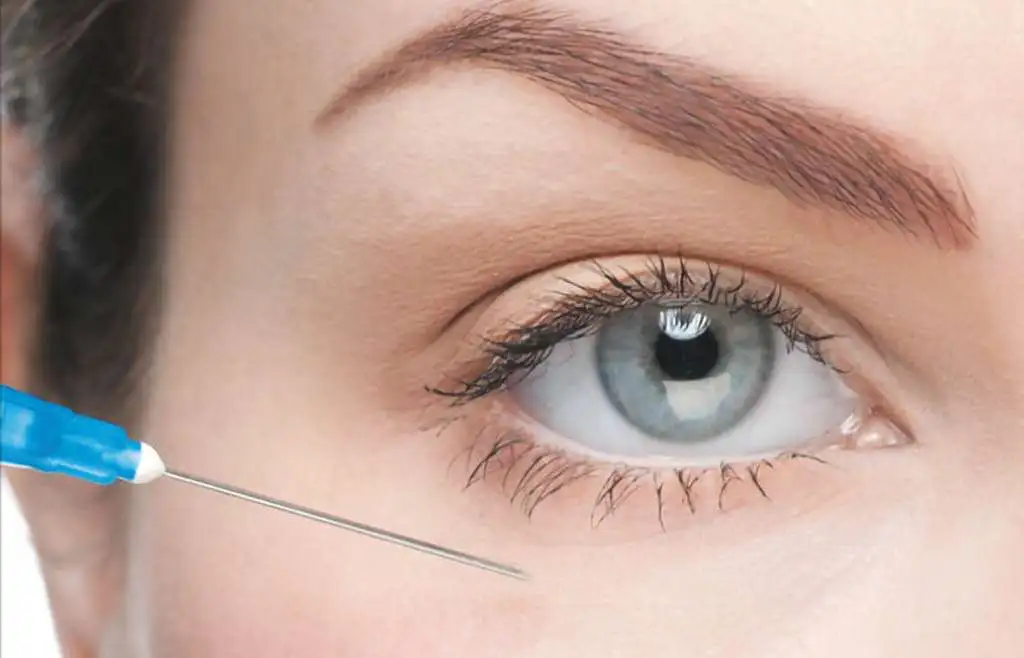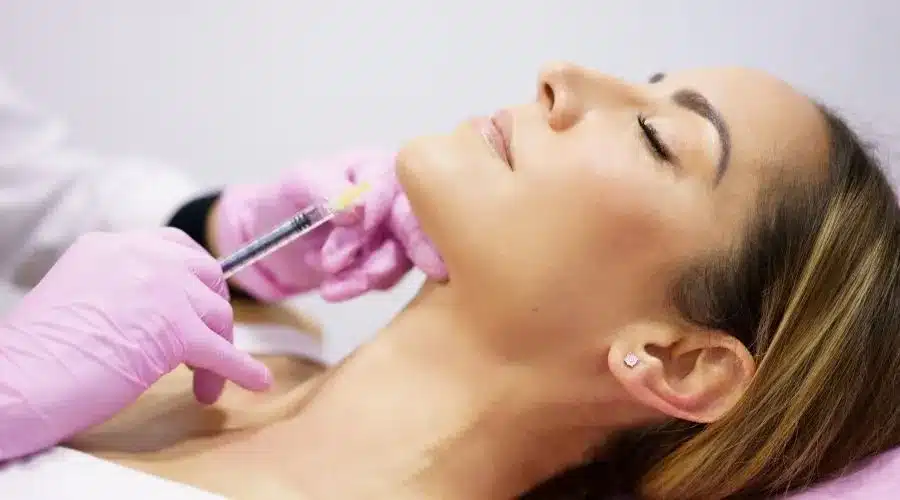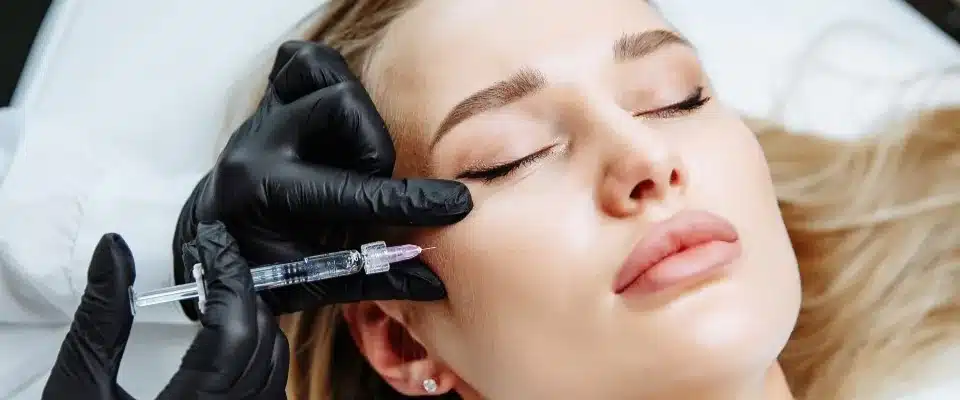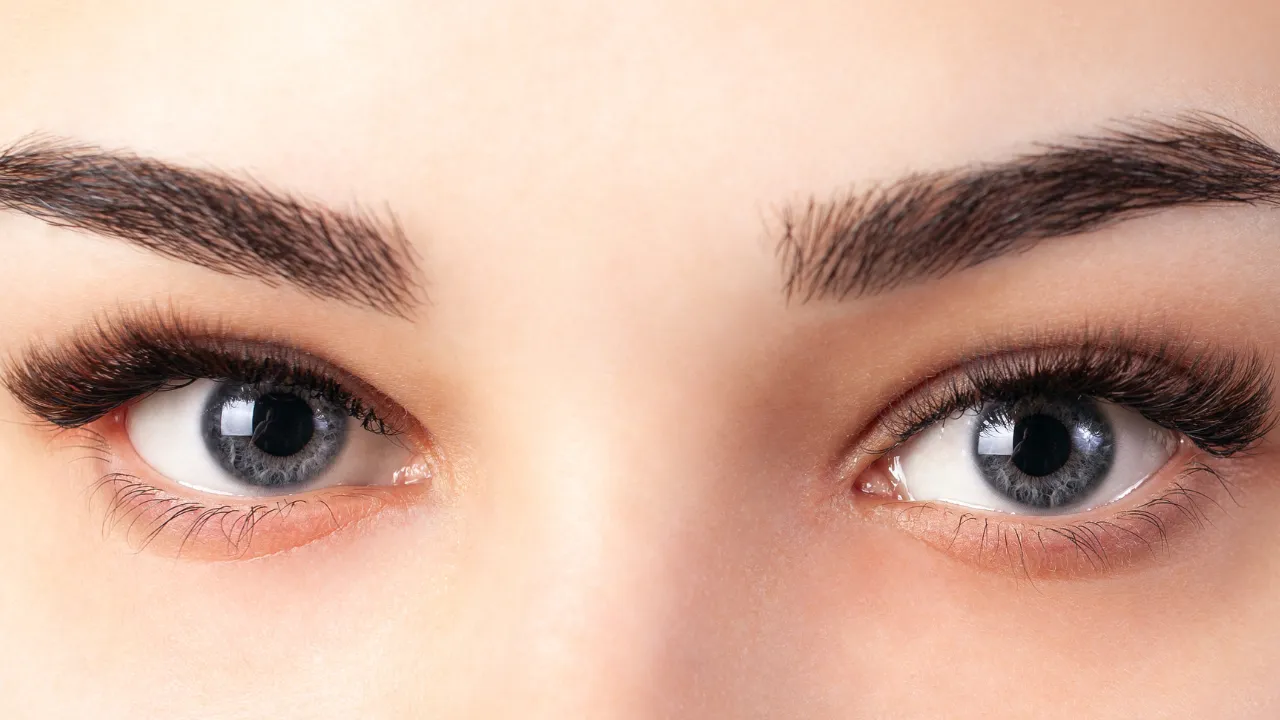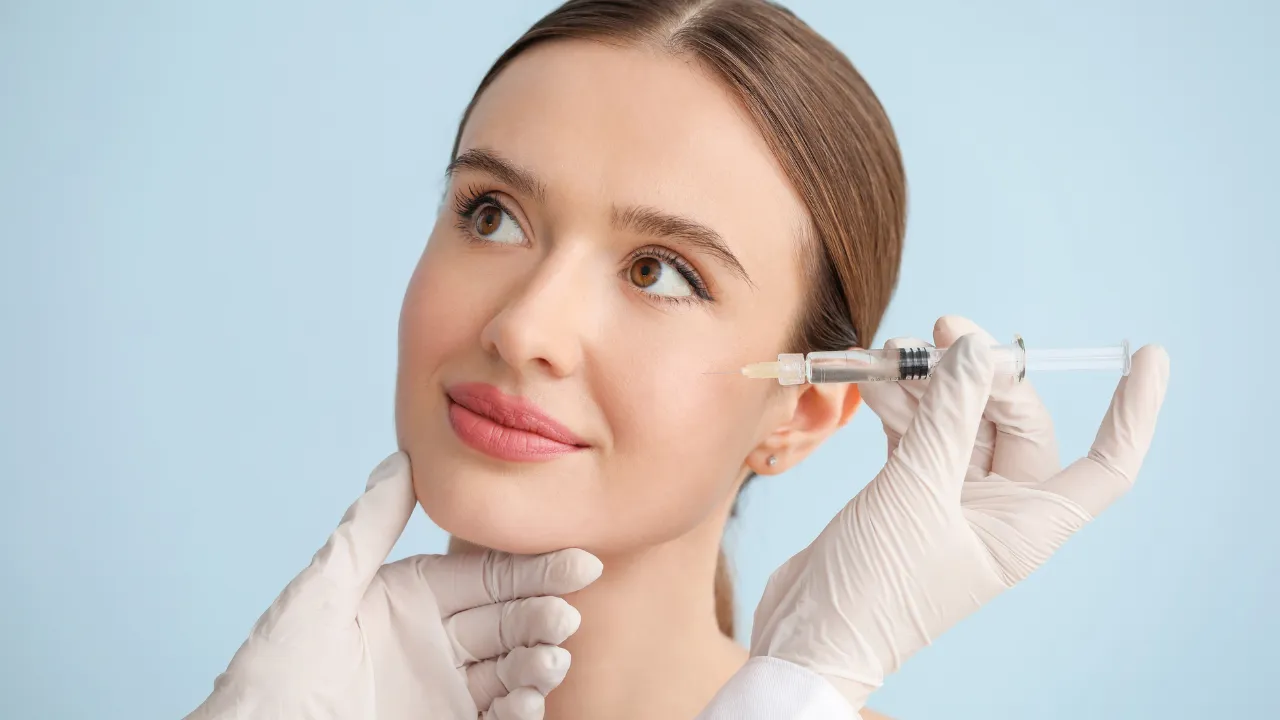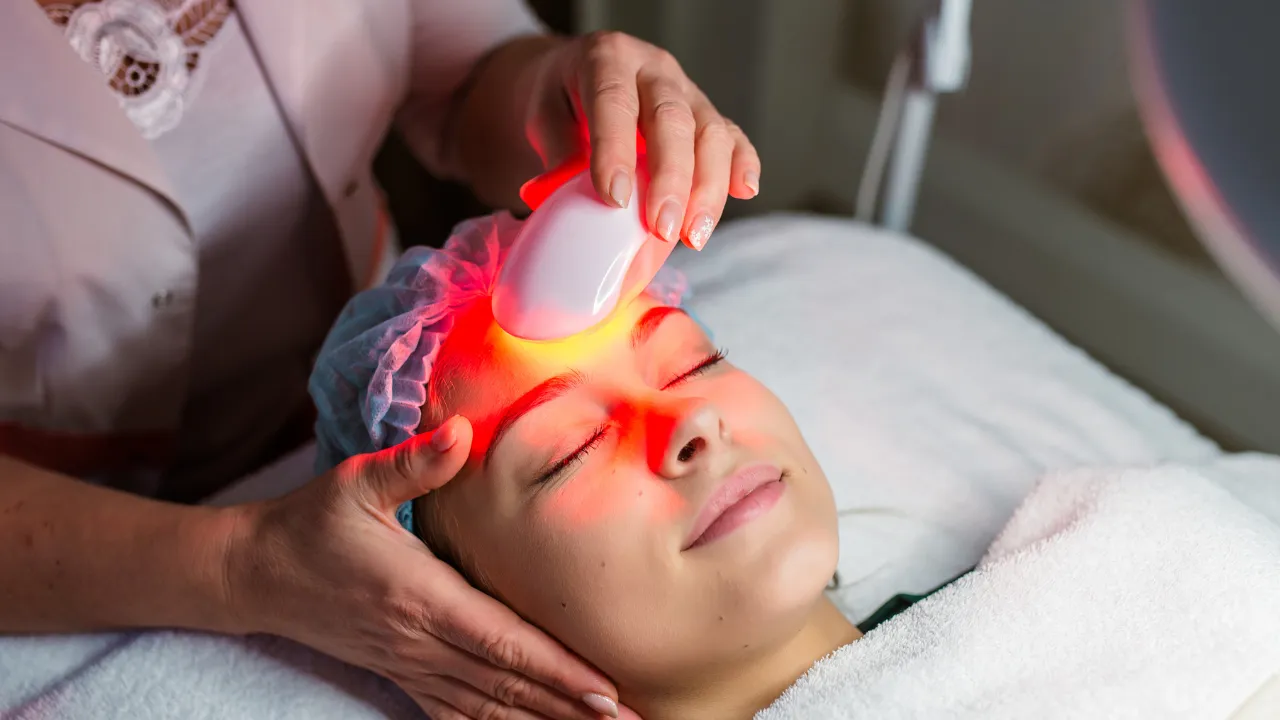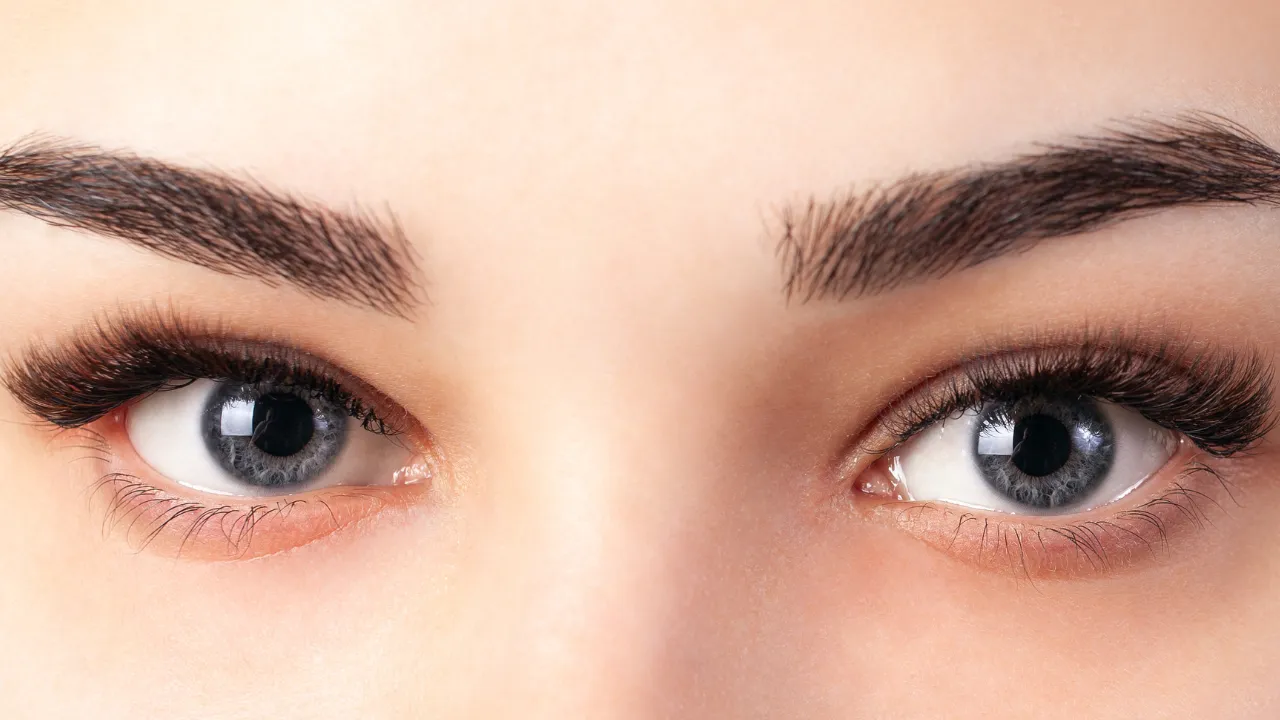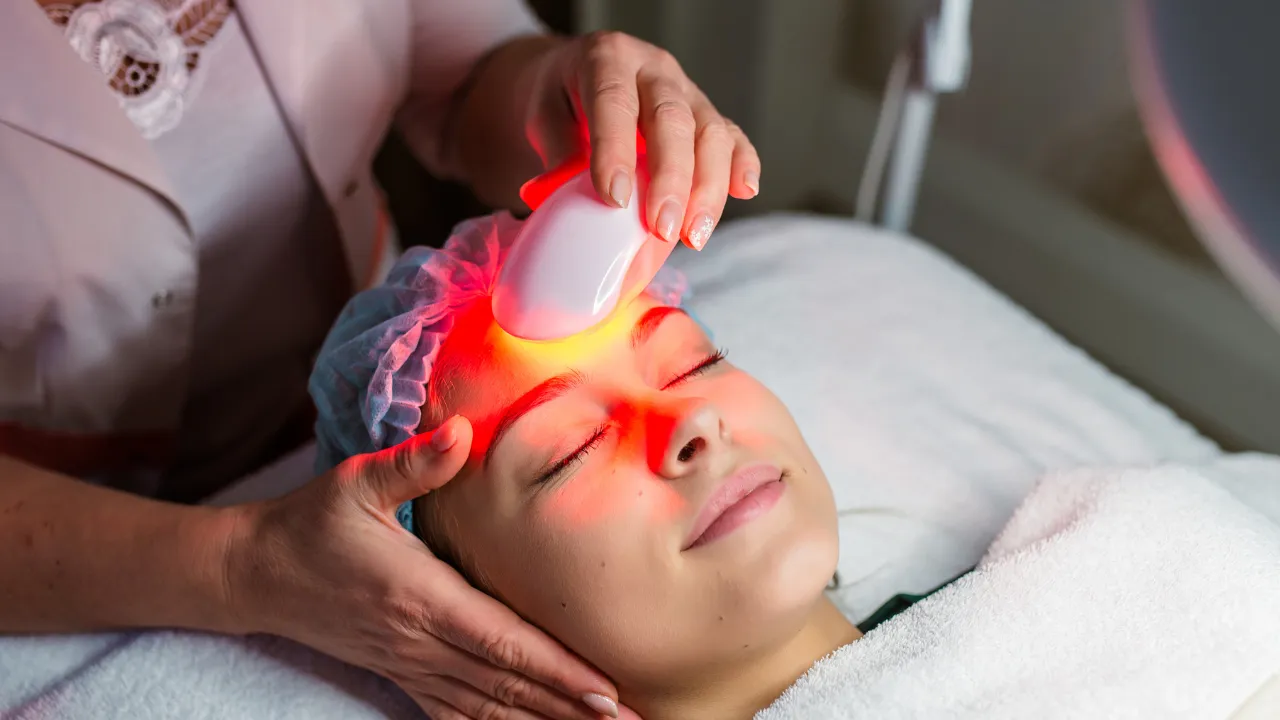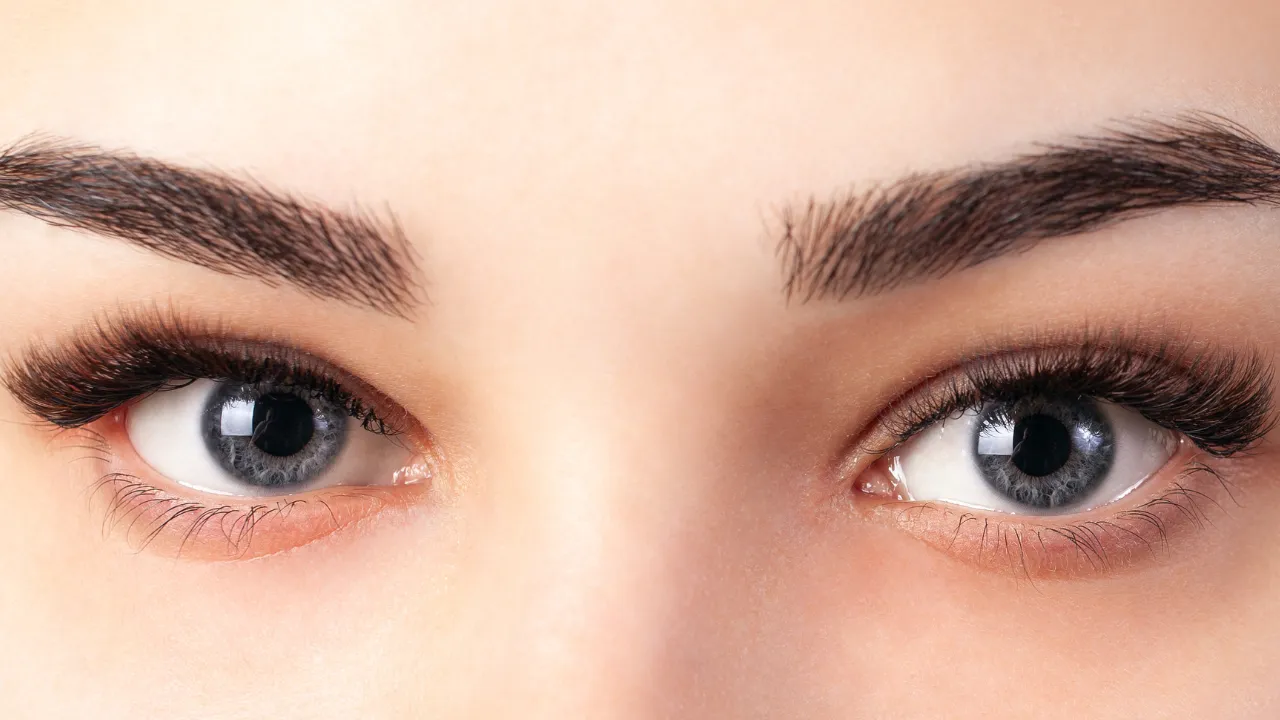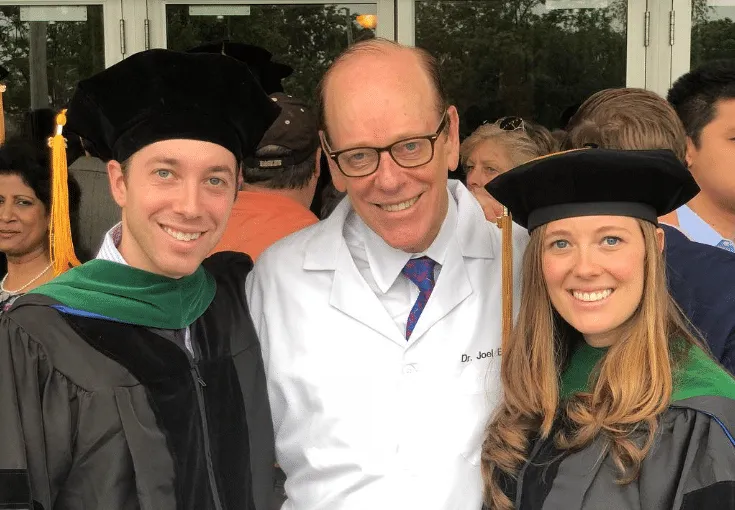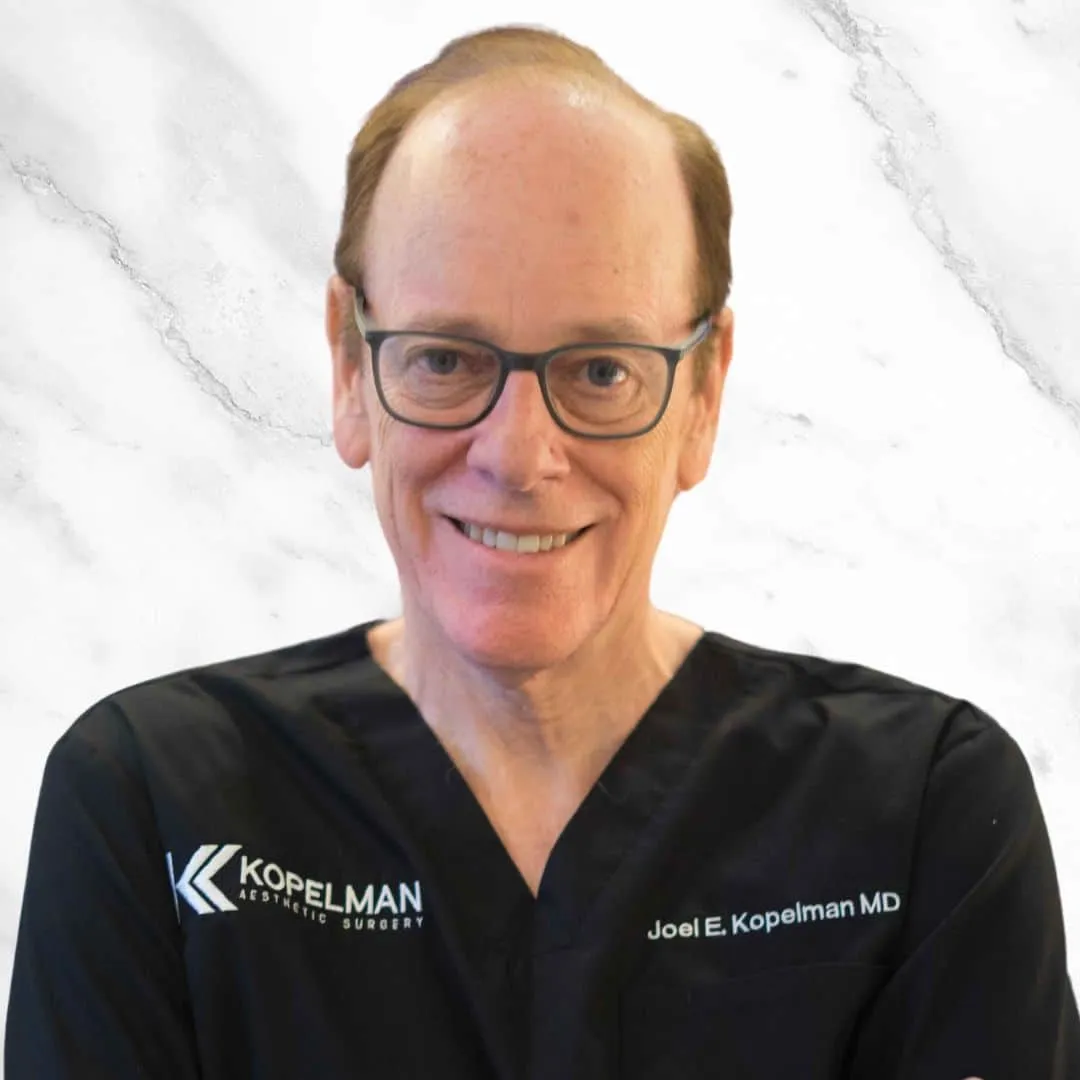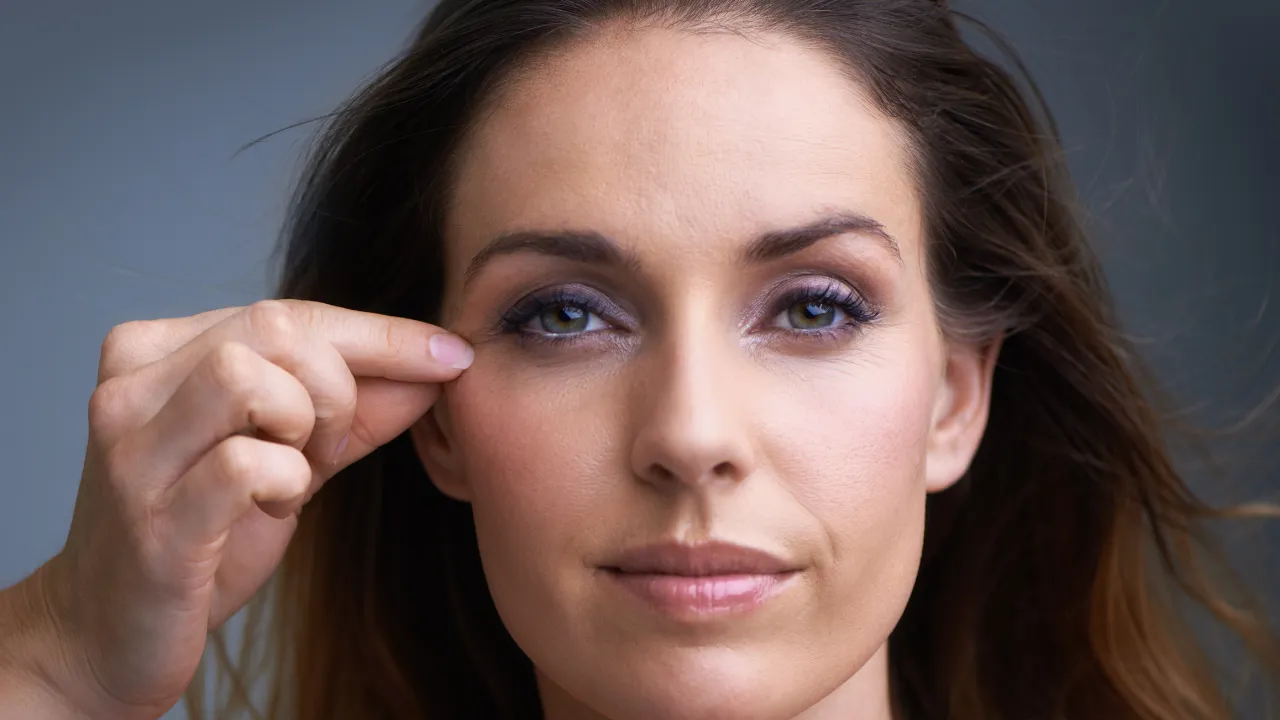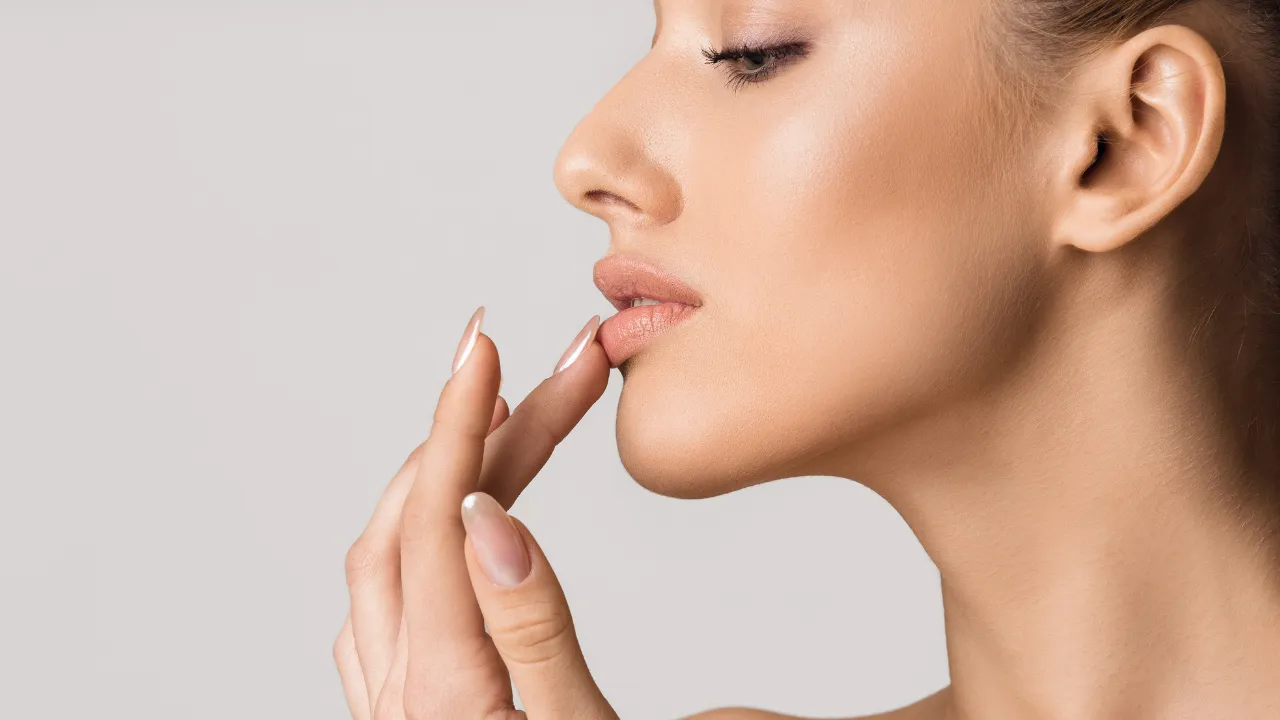Kopelman Aesthetic Surgery, led by board-certified plastic surgeon Dr. Joel Kopelman in New York City, offers expert care in facial rejuvenation, including tear trough filler treatments.
Tear trough filler is a non-surgical option to reduce under-eye hollowness and improve the appearance of eye bags, helping patients look refreshed with minimal downtime. This treatment addresses one of the most common concerns for the eye area, which is often affected by the aging process.
Key Takeaways
- Tear trough filler restores volume in the tear trough area, improving facial balance and reducing shadows.
- The procedure takes 15–30 minutes, with results lasting 9–12 months.
- Risks include swelling, bruising, lumps, and migration, which can be minimised by an experienced provider.
- Alternatives like laser treatments or eyelid surgery may suit those with more advanced concerns.
Table of Contents
ToggleUnderstanding Tear Trough Fillers
Types of Fillers Used
A dermal filler for the tear trough is often made from hyaluronic acid, a substance naturally found in the skin. Brands like Restylane® and Juvederm® are used for their smooth texture and ability to blend with the upper cheek. Dr. Kopelman selects the filler based on skin type, volume loss, and the shape of the tear trough deformity.
What They Are
A tear trough filler is an injectable treatment that restores lost volume beneath the lower eyelids, creating a smoother transition to the upper cheek. This can add volume to the hollowed eye area for a more youthful appearance.
Tear Trough Dermal Filler vs Eye Trough Filler
The terms are interchangeable, aiming to improve the tear trough area, soften shadows, and rejuvenate the area under the eyes.
Procedure Overview
How Tear Trough Injections Work
Tear trough filler injections target specific injection sites beneath the lower eyelid and along the upper cheek. The filler integrates with tissue, reducing hollows and improving contour.
Treatment Steps & Duration
The procedure includes:
-
1
Consultation to assess candidacy.
Review goals, medical history, and anatomy to plan treatment.
-
2
Numbing cream application for comfort.
Topical anesthesia minimizes discomfort before injections.
-
3
Filler injections at precise injection sites.
Targeted placement to smooth hollows and refine contours.
-
4
Gentle massage for even distribution.
Light molding ensures a balanced, natural finish.
Treatment takes 15–30 minutes, with immediate results.
Results & Longevity
Tear Trough Filler Before and After
Before treatment, a tear trough deformity can make the eyes appear tired. After treatment, the area under the eyes appears smoother and blends with the upper cheek.
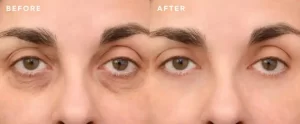
How Long Does Tear Trough Filler Last?
Results typically last 9–12 months, depending on filler type, metabolism, and lifestyle. Touch-ups help maintain results.
Is It Worth Getting Tear Trough Filler?
For the right candidate for tear trough treatment, this procedure offers a quick, low-downtime way to reduce signs of the aging process.
Risks & Side Effects
Side Effects & Downsides
Mild swelling, redness, and tenderness in the tear trough area are common and resolve in days.
When Tear Trough Filler Goes Wrong
Incorrect placement can cause uneven results or bluish discoloration (Tyndall effect). Choosing an experienced plastic surgeon reduces these risks.
Tear Trough Filler Migration
Migration may occur if the filler moves from the tear trough area to nearby tissue. This can result from poor placement, too much product, or natural movement in the eye area.
Complications and Reversal
Uncommon issues include vascular occlusion or uneven integration. Hyaluronic acid fillers can be dissolved with hyaluronidase if the results are unsatisfactory.
Recovery & Aftercare
Preparing for Treatment
Preparation reduces swelling and bruising:
- Avoid blood-thinning medications for 7 days (if cleared by your physician).
- Limit alcohol 24 hours before treatment.
- Arrive makeup-free.
A consultation includes reviewing medical history, examining the tear trough area, and confirming suitability.
Healing Timeline & Aftercare
Most patients resume daily activities immediately. Swelling or bruising resolves within 48–72 hours. Use cold compresses, avoid rubbing the area, and keep the head elevated when resting.
Suitability & Candidacy
Who Should Consider Tear Trough Correction
Best for mild to moderate hollows or early eye bags. Significant skin laxity may require surgery.
Special Considerations
Men may prefer subtle changes to maintain a masculine look. Older patients may combine filler injections with skin-tightening treatments.
Cost & Availability
Tear Trough Filler Cost
In New York City, costs range from $800 to $1,500 per session, depending on the type of filler, the amount used, and the provider’s expertise.
Finding Tear Trough Filler Near Me
Choose a plastic surgeon or board-certified provider with proven results.
Alternatives & Non-Filler Treatments
Tear Trough Treatment Without Fillers
Laser resurfacing, microneedling, and topical products can improve skin quality in the area under the eyes without adding volume.
Surgical Options
Lower eyelid surgery may be better for advanced hollows or significant eye bags. Dr. Kopelman offers both surgical and non-surgical solutions for the tear trough deformity.
Filler vs. Surgery
Fillers are non-invasive, with quick recovery but temporary. Surgery provides longer-lasting results but requires downtime.
Comparison Overview:
- Invasiveness – Fillers are non-surgical; surgery involves incisions.
- Downtime – Fillers allow same-day return; surgery requires recovery.
- Longevity – Fillers last months; surgery lasts years.
- Cost – Fillers have a lower initial cost; surgery may be cost-effective for severe cases.
Final Note
Tear trough filler can restore volume, smooth shadows, and enhance the eye area. Under the care of an experienced plastic surgeon like Dr. Joel Kopelman, patients can expect safe, tailored results. Those interested should schedule a consultation to see if they are a good candidate for tear trough treatment.

